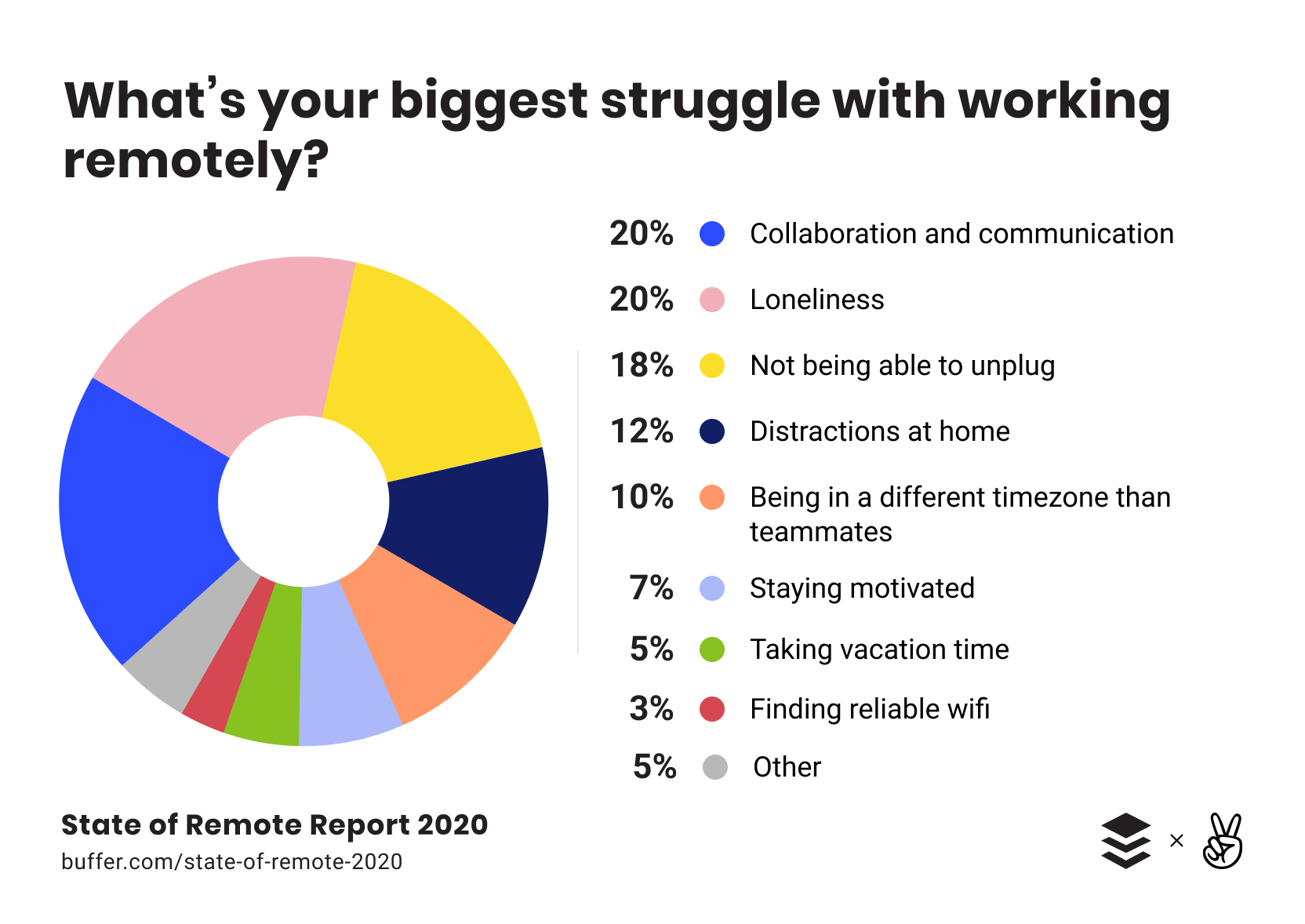Online workshops are becoming an essential part of the way we work – especially since attending meetings in person hasn’t been possible during the COVID-19 pandemic.
A recent report shows that collaboration and communication are top challenges when remote working. Collaboration may be a challenge, but that’s more of a reason to invest in great remote workshops. (ref: Buffer and AngelList survey 2020.)

We’ve spent years helping people collaborate remotely – and it’s definitely not asking people to join a day long workshop from a conference call phone in the corner!
Here are our 6 top tips for running great online workshops:
1. Prime people to participate
- Don’t use live time for debriefs, updates or long presentations – record them in advance for people to watch as a podcast or film, and come ready with questions and ideas
- Ask people to do a prep work task like read an article, investigate a case study or send in ideas in advance – that way people have something to inspire each other when they meet
- Consider using tools like Discuss IO to talk with customers in advance, bringing your insights to the session
2. Choose the easy tech
- Identify easy collaboration platforms that work for all – overcomplicating the technology can waste time and give people an unequal footing. MS Teams, Zoom, Facetime or WhatsApp together, whatever works for everyone
- Prioritise seeing each other if possible (video conference with cameras on) – this means everyone connects and concentrates on the meeting and stops people from multi-tasking
- Avoid having mixed engagement – we’ve found that it’s better to have everyone in their own individual zoom call from multiple locations, rather than some people joining together from a meeting room and others on individual laptops
3. Build in energy and breaks
- Divide online workshops up into bite size sections and use short, structured bursts of productive time for different activities
- Use the shortest amount of live time for people joining remotely – anything over an hour is a real stretch for concentration levels
4. Preload the logistics
- Set up a WhatsApp group to remind people to join, come back after breaks, and to check in with any technical issues
- Have a trial run a day before and set up an hour before to check the tech works for all locations
- Ask people to join 15 mins early to iron out issues and chat before you start
- Send people templates to print in advance, so they are all ready for the online workshop in every location
- For a bigger group, organise online workshop leaders for each group or time zone, and run through your workshop plan with them so they can help their own group
5. Use time to your advantage
- Use time zones to your advantage, groups can be working during their day on creating ideas, and then the group in next time zone can pick those ideas up during their day and build on them
- Be conscious of the time difference and go for later starts/ finishes to come up with something that’s an OK fit for everyone, and rotate them so people take it in turns to do the unsociable times of day
6. Capture the outputs live
- Record online workshops, and edit them down afterwards as a short film or podcast for people to revisit key discussions or ideas
- Create text transcripts to highlight keywords and phrases after the event
- Take photos and screenshots from each zone perspective to share in one output afterwards
Author
Pam Hamilton
Pam is the founder of Paraffin and author of The Workshop Book and Supercharged Teams: 30 Tools of Great Teamwork. She has a background in psychology and specialises in insight, innovation and capabilities.

